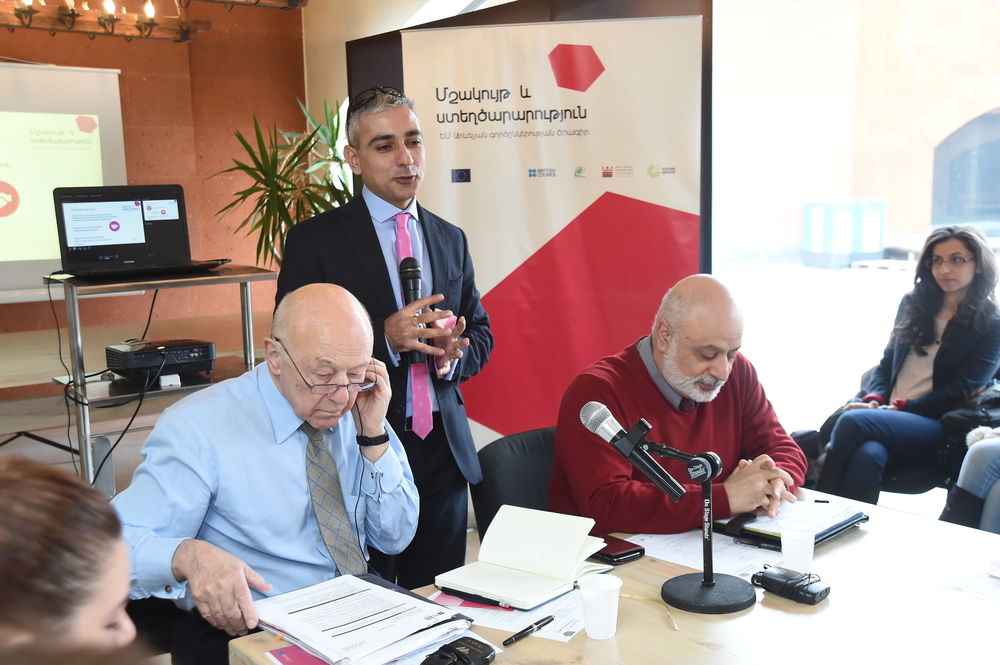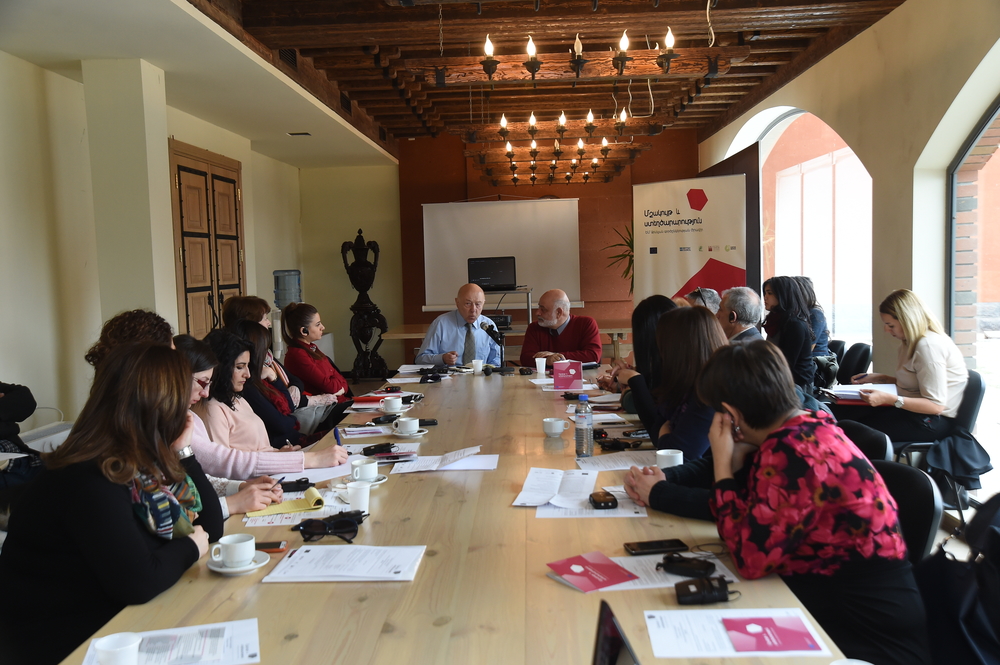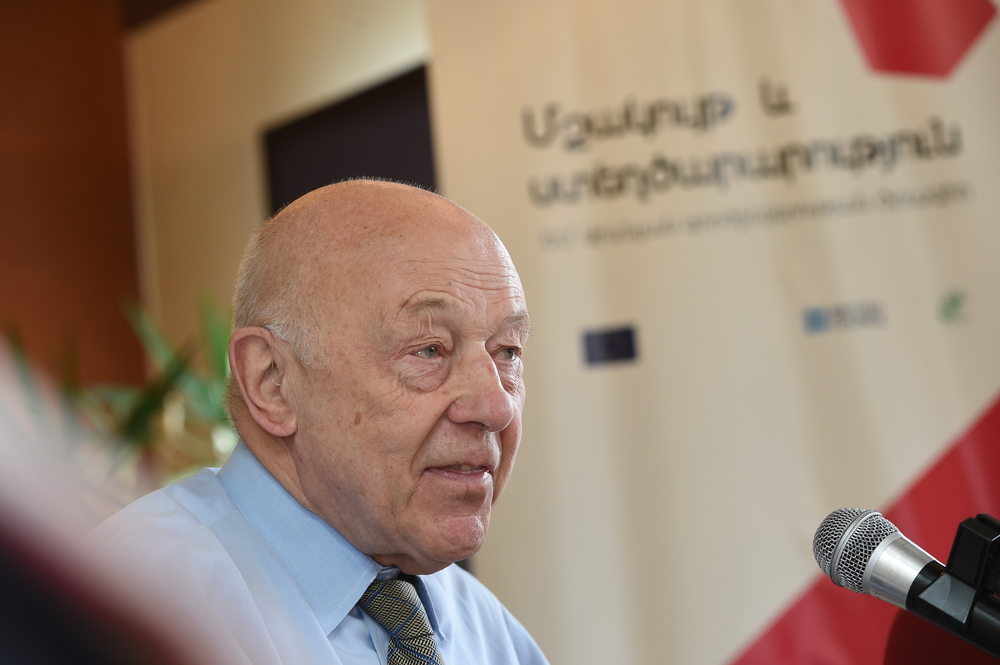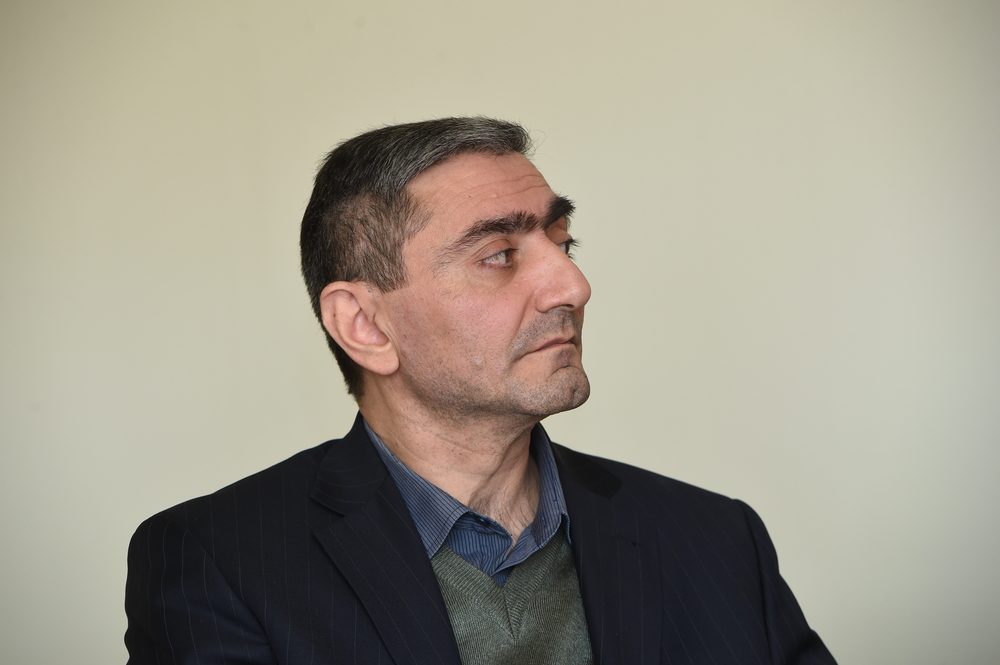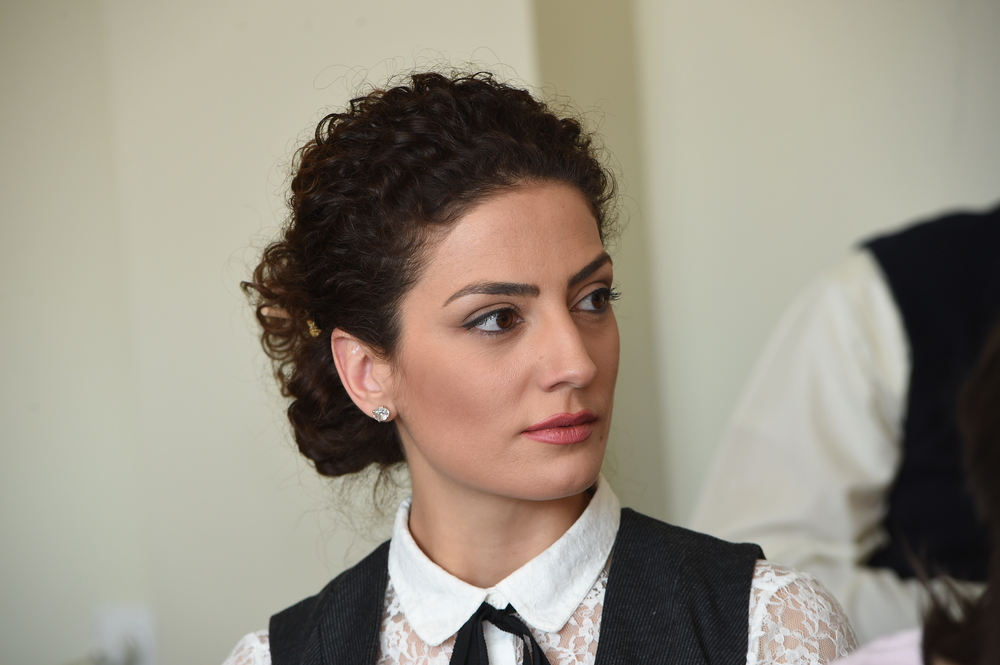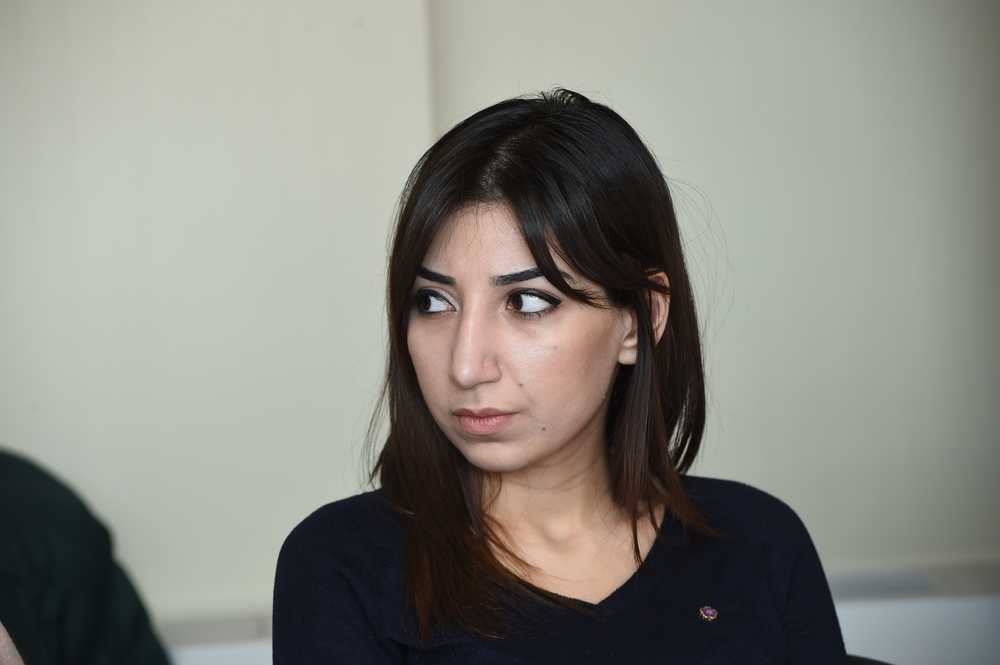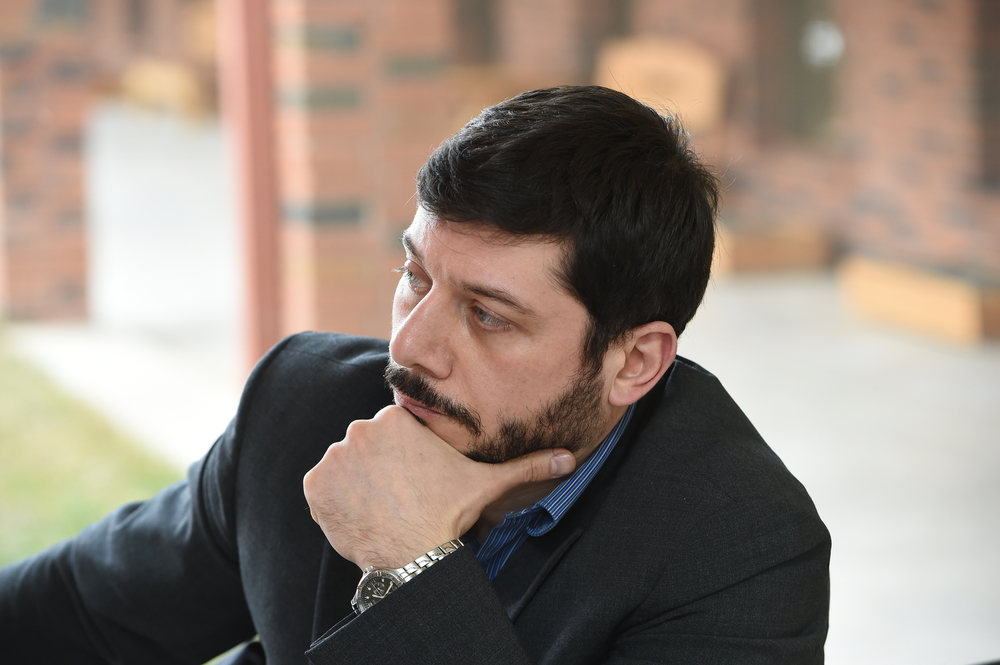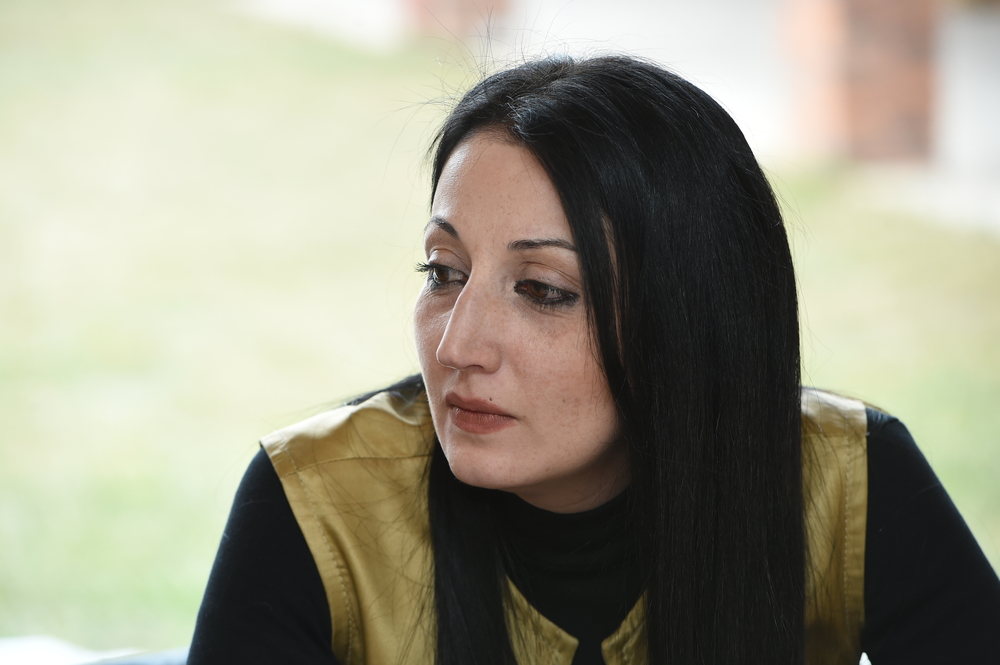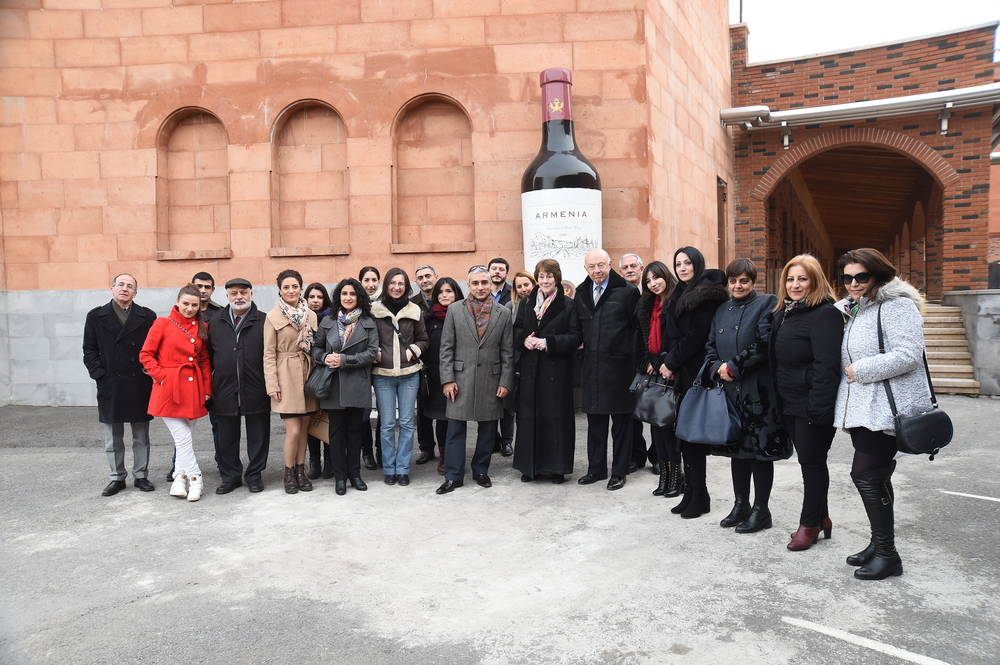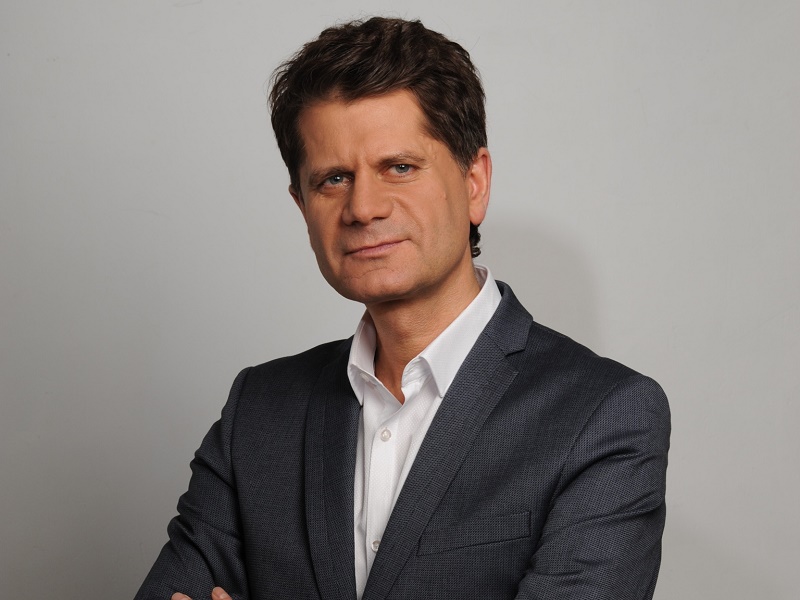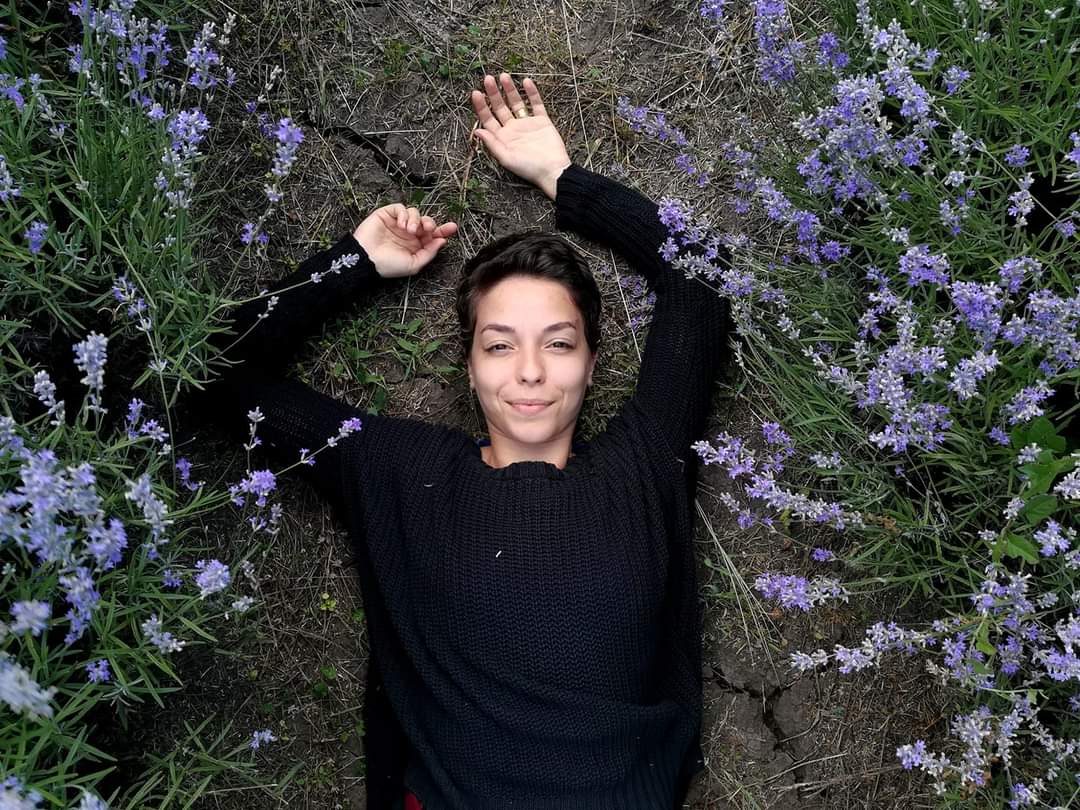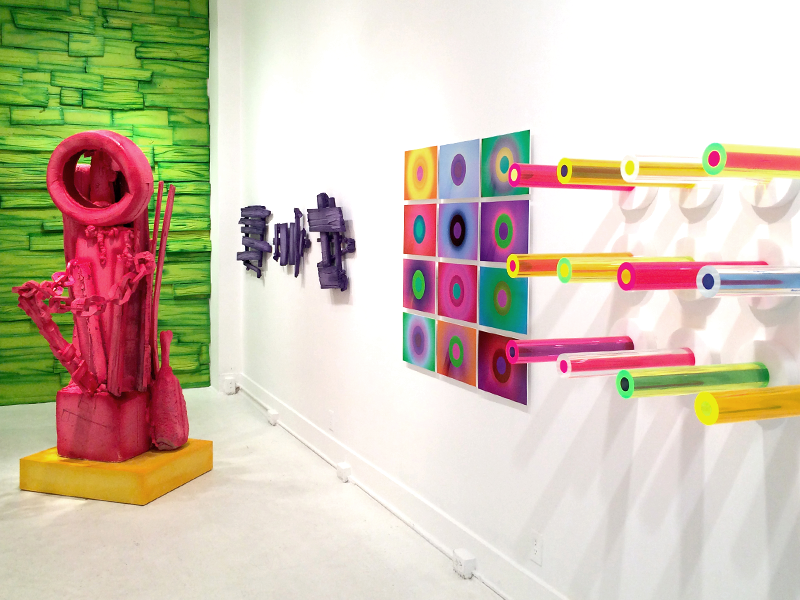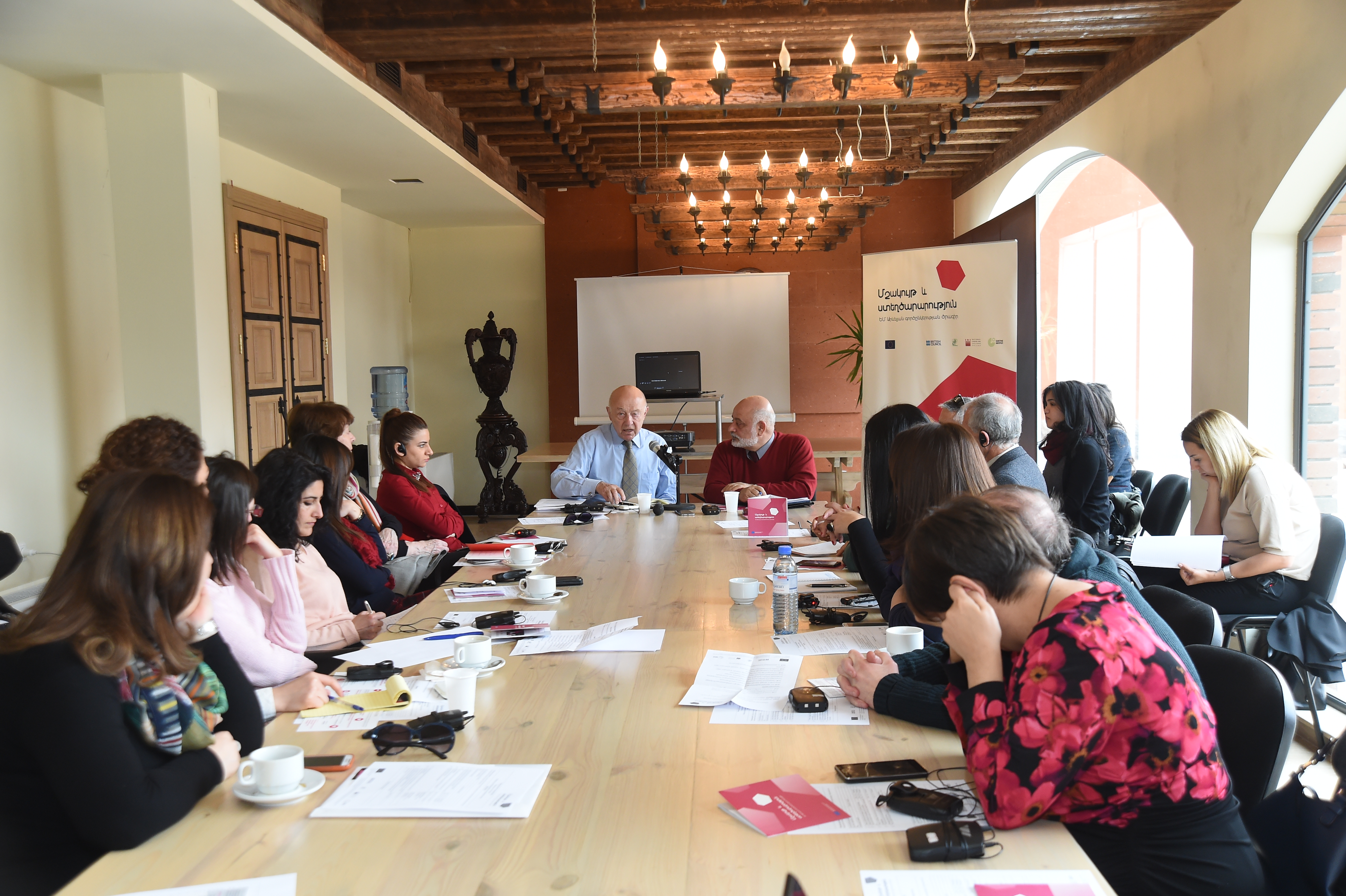
One Percent Inspiration and 99 percent Perspiration
-
Art and culture should be fully represented in the mass media
Only in the case of adequate representation by the mass media of the most topical issues and events in the art and culture sector can we hope to change the situation for the better in the country and society.
-
The focus of mass media and its leaders should be topical issues in the cultural sector
If the media is not able to represent and raise topical issues in the art and culture sector it is, in fact, not fulfilling its primary mission, which can be summed up as developing ideas leading to the all-round development of society.
-
The creative economy: an important part of the real economy
Research in the sector of the so-called creative economy that began in the UK in 1989 and has been carried on in subsequent years proved that the creative industries have become an essential part of contemporary economy over the years, creating new jobs and trends in human activity.
-
The creative education: a guarantee for the establishment of a creative industry
Without the development and implementation of creative education projects in schools and universities, establishing a creative industry is impossible. New ideas and the ability to think creatively are required, so that society and the economy can develop properly.
-
Providing information is only one aspect of the work of the mass media, in unison with it various events of a country’s cultural life should be analysed and recommendations and criticisms put forward in order to change the situation for the better
Typically, the media give a basic description of a country’s cultural events, without critical reflection on its strengths and weaknesses. Nevertheless, only professional criticism and analysis can make the presented materials useful and contribute to the development of a society’s tastes, particularly those of the young.
-
Media should pay more attention to issues relating to art and culture
Journalists should strive to cover new subjects and events in the art and culture sector. An unorthodox approach and original presentation of materials are encouraged by society itself and the leaders of the mass media.
-
The media should cover all trends in the art and culture sector in a thoughtful way
Covering all trends and genres in the art sector does not mean unconditional acceptance. Tolerance towards different tastes and interpretations does not mean permissiveness and immorality propaganda. Society should have room for all tastes and unusual phenomena. A good journalist is the one who is first to pick out an unordinary artist and note outstanding talent.
-
What is more important, creativity or hard daily work?
When at the end of the day a person says: “I’ve worked hard and created something great”, and the next morning does not chuck the self-satisfied work in the trash, it means that he has serious problems with creativity. A person should work hard and not merely rely on talent and creativity. According to Sir John Tusa at the Yerevan seminar: “One Percent Inspiration and 99 percent Perspiration” is the guarantee of true success in any sector, including journalism.
-
Is journalism part of the creative industry?
It’s more of a ‘no’ than a ‘yes’. But effective work by the media can positively influence the development of the creative industry. The proper coverage of the individual creative industry phenomena, its achievements and successes, can significantly increase the rating of the creative industry and its other manifestations in the social and economic life of industrial society.
-
Ordinary people have a higher consciousness and tastes than politicians
Unfortunately, the tastes and level of development of politicians and government officials do not always match those of the average person. The people have better taste and more knowledge. This is often the problem of why in many countries governments make wrong decisions in the art and culture sector.
* The meeting was organised in Ashtarak on 23 February 2016 by the EU-EaP Culture and Creativity programme.

